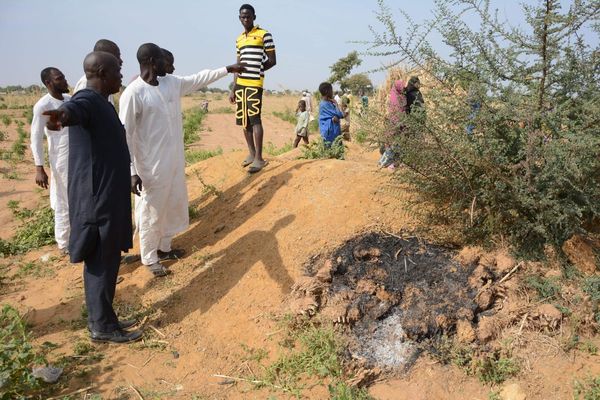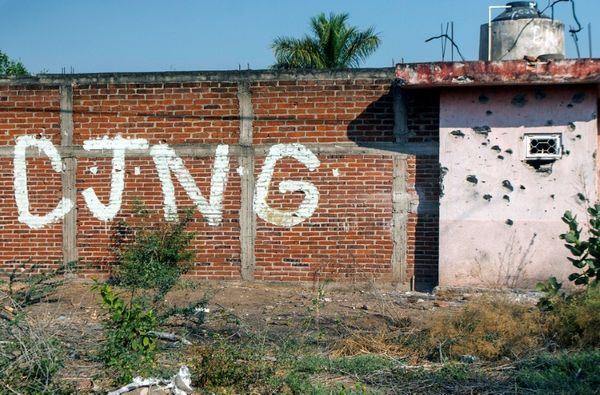
Dave Richards was enjoying a sunny afternoon bike ride with two friends near Mere, England on July 21, 2021. The 75-year-old grandfather had no idea his life was about to change in the worst way possible. A drunk driver racing down the road while using his phone crashed into the group of cyclists. Richards’ two friends got thrown off their bikes and landed away from the car, but Richards was not so lucky. He got stuck under the vehicle.
What happened next was terrible. The car dragged Richards along the road. One side of his body got crushed under the weight of the car while the other side burned from the hot engine and exhaust pipe. The burns covered half his face, including his eye, nose, and neck. He also broke several ribs and hurt his back and pelvis badly. Doctors tried hard to save his eye, but they worried an infection might travel through the optic nerve to his brain. They had to remove it.
Richards said the early days after the accident were really hard. He did not want to go out or see people because he felt so uncomfortable about how he looked. As per The Guardian, doctors told him about a new medical center that might be able to help him look and feel better. He got referred to the Bristol 3D Medical Centre, which had just opened. This place was special because it was the first in the UK to have all the equipment for 3D scanning, designing, and printing medical parts in one building.
This new tech gave him his confidence back
The medical center used really advanced technology to help Richards. They used special 3D scanners to take detailed pictures of his face and track how his scars were healing. Then they used those scans to design and print a fake eye and facial piece that looked just like his real skin. The color matched perfectly with his skin tone, and even his hair color and eye color were copied exactly. The fake parts were made from special plastic that is safe to wear on skin all day long.
Amy Davey works as a Senior Reconstructive Scientist at the medical center. She explained that the scanners can work even while patients are moving around. The technology figures out how the face moves and makes sure the fake parts can move naturally too. The 3D printers use materials that feel and act like real bone, which makes everything look more natural.
Cyclist Dave Richards, 75, becomes first person to receive "3D printed face" after horror bike crash caused catastrophic damage. The 3D prosthesis fits the damaged space on Dave's face & mimics his hair colour, eye colour and skin tone. pic.twitter.com/2kDyfsiFLK
— time in capsules (@timeincapsules) October 28, 2025
Richards got more than just a face piece. The center also made him a fake eye socket and special braces for his neck scars. After wearing the neck brace for just one week, he could not believe how well it worked. The brace pressed down on his scars and made the tissue softer, which made wearing his face piece much easier.
The whole process helped him feel better about himself. Richards said that when he wants to spend time with other people now, he can look in the mirror and feel okay about what he sees. In other uplifting news, a woman’s unexpected act of kindness at a restaurant has been inspiring people worldwide.
Richards admitted he did not really trust the treatment at first. But now he is happy he gave it a try. Just five months after the horrible accident, he started riding a stationary bike indoors. He has been slowly building up his courage to ride outside again. The drunk driver who caused all this damage got sent to prison for three years and lost his license for seven years.
Cyclist gets 3D-printed face after drunk driver left him with third-degree burns
— Clarismelda Aquino (@Clarismelda) October 28, 2025
Dave Richards, 75, who suffered full-thickness burns, given mimetic prosthetic by new NHS 3D medical centre. pic.twitter.com/5AM6Cs3JbG
He got out after only a year and a half because he behaved well in prison and admitted what he did right away. Richards is still not happy about that short sentence, especially since he almost died and has to deal with pain every single day. He keeps going back to the medical center for more treatments and might need another surgery someday. While Richards’ story shows how technology can restore hope after trauma, sometimes unusual situations come with surprising conditions attached.







